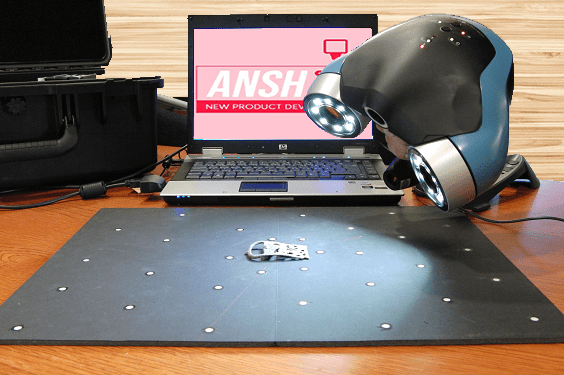Character Animation Techniques: Bringing Life to Your Creations
Character animation is the magical art of making inanimate characters come to life through movement, expression, and emotion. It’s a skill that has captivated audiences for generations, from the earliest hand-drawn animations to the latest computer-generated wonders. In this article, we’ll delve into the techniques and principles that breathe life into characters, making them relatable, memorable, and utterly captivating.
1. The Importance of Character Design
Before a character can move and emote, it must first be well-designed. Character design is the foundation of animation, and it’s about more than just creating a visually appealing figure. A character’s design should reflect its personality, backstory, and role in the story. Consider elements like shape, proportions, color, and style to convey these attributes.
2. Key Poses and Storytelling
Key poses are the foundation of character animation. These are the essential poses that define the character’s movements and actions throughout a scene. Think of them as the key moments that convey the character’s emotions and intentions. When planning animation, start by sketching or blocking out these key poses to ensure your character’s actions are clear and compelling.
3. Timing and Spacing
Timing and spacing are fundamental principles in character animation. The timing of actions determines the speed and rhythm of movement, while spacing controls the position of the character in each frame. Experimenting with different timing and spacing can dramatically affect the character’s personality and the overall feel of the animation. For example, quick, snappy movements can convey excitement, while slow, deliberate actions may signify thoughtfulness.
4. Easing In and Out
In natural movement, objects tend to accelerate as they start a motion and decelerate as they come to a stop. This principle, known as easing in and out, is crucial in character animation. It adds a sense of weight and realism to movements. Characters should rarely move at a constant speed; instead, they should start and stop their actions gradually.
5. Squash and Stretch
Squash and stretch is a classic animation technique that adds elasticity to characters and objects. It gives the impression that the character’s body is made of flexible material. This technique is often used to exaggerate movements and expressions, making them more dynamic and visually engaging.
6. Secondary Actions
In addition to primary movements, characters can perform secondary actions that add depth to their animations. These actions can include subtle facial expressions, gestures, or movements of clothing or accessories. Secondary actions enhance the character’s believability and convey their emotional state.
7. Anticipation and Follow-Through
Anticipation is the action a character takes before the main movement to prepare the audience for what’s coming next. Follow-through, on the other hand, is the continuation of the motion after the main action is complete. These principles create a sense of anticipation and realism in character animation. For example, a character might lean back slightly before jumping, and their hair or clothing might continue to move after they land.
8. Expression and Emotion
Facial expressions and body language are potent tools for conveying emotion in character animation. A character’s eyes, mouth, and posture can communicate a wide range of feelings, from joy and excitement to sadness and anger. Pay attention to how these elements work together to convey the character’s emotional state.
9. Dialogue and Lip Sync
When characters speak, their lip movements should sync with their dialogue. Lip sync is a crucial aspect of character animation, as it ensures that the character’s words match their mouth movements accurately. This involves carefully timing the opening and closing of the character’s mouth, along with other facial expressions, to match the spoken words.
10. Continuous Learning and Practice
Character animation is a skill that requires continuous learning and practice. As technology evolves, new tools and techniques emerge, allowing animators to push the boundaries of what’s possible. Whether you’re an aspiring animator or a seasoned professional, staying curious and open to new ideas and methods is essential for growth in this dynamic field.
Conclusion: Breathing Life into Characters
Character animation is a captivating art form that transforms drawings, puppets, or digital models into living, breathing entities. It’s a blend of creativity, technical skill, and storytelling that has the power to connect with audiences on a profound level. By mastering the principles of character design, timing, spacing, and expression, animators can bring characters to life in ways that inspire, entertain, and leave a lasting impression. Whether it’s a beloved cartoon character from your childhood or the latest digital creation on the big screen, character animation has the ability to make us laugh, cry, and believe in the magic of storytelling.





